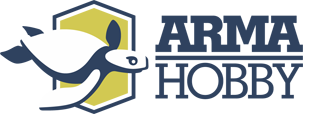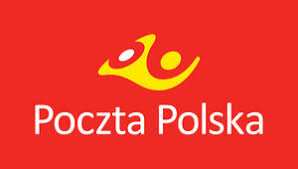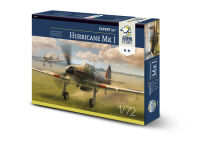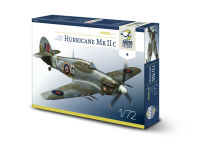70005 PZL P.7a - Deluxe Set 1/72!
- Add feedback:
- 70005
- Manufacturer: Arma Hobby
-
Availability:
Unavailable
Delivery time: 1-3 days
- Type: Airplane model kit double set
- Medium: plastic + multimedia
- Scale: 1/72
- Remarks: Decals by Cartograf
Double plastic model kit of PZL P.7a with plenty of accessories 1/72 scale
Buy together to pay less
€33.49
Looking for more information and inspiration about the model? Check articles with documentation and modell gallery section in armahobbynews.pl website link.
Plastic kit of PZL P.7a fighter. New Tool!
Deluxe set contains:
- Two plastic model kits
- Two photoetched sets
- Two canopy and wheel masks
- Resin wheels - set of Dunlop and set of Stomil
- Decals by Cartograf for 8 markings options
Download instruction pdf 2.23MB
Decals options
- PZL P.7a, 123. Fighter Squadron from Cracow. For participation in P.7a airplane testing the unit has been granted right to use PZL factory symbol as a unit marking. In 1939 the squadron became part of the Warsaw Pursuit Brigade. On September 1 the squadron commander, Capt. Mieczysław Olszewski has has fought and died in this aircraft.
- PZL P.7a, 162. Fighter Squadron from Lwów. In 1939 the unit took part in the battles as a part of the Łódź Army. Damaged airplane has been transported towed by a truck and was lost during attack of German saboteurs on September 6, 1939.
- PZL P.7a, the Scoala de Perfectionare (Advanced Flying School), Romanian Air Force, November 1940. Aircraft from 123. Squadron evacuated to Romania by Cpl. pilot Eugeniusz Nowakiewicz after September 17, 1939.
Note: Polish asymmetrical insignia and under-wing codes overpainted with brighter shade - PZL P.7a, one of the machines captured by the Germans in Dęblin aviation school airfields. Plane repainted in German colors and used for training. There are two versions: with white and green spinner.
- PZL P.7a, 132. Fighter Squadron from Poznań. Markings for the mid 1930's military manouvers applied with white removable paint.
- PZL P.7a, aircraft of commander of Toruń III/4 Fighter Wing Capt. pil. Leopold Pamuła with the marking of the 141. Fighter Squadron, which Pamuła commanded before promotion for the Squadron command.
- PZL P.7a, 122. Fighter Squadron, Cracow. Markings from 1933-36. On this planeCpl. pil. Karol Pniak from the aerobatic "Bajan Trio" took part in an impressive in flight photo ssession and in many air shows.
- PZL P.7a, Kościuszko 111. Fighter Squadron, Warsaw 1933-35.
PZL P.7a Fighter Airplane
PZL P.7a fighter is a remarkable aircraft in the history of Polish aviation as a first all-metal monoplane stressed-skin construction introduced to mass production by the Polish aeronautic industry in 1933. As a result 150 PZL P.7a aircraft equipped Polish combat units while the European powers still were using fabric covered biplanes.
After the introduction of its successor, PZL P.11c, the P.7a aircraft was used in training. Numerous excellent fighter pilots who brilliantly performed during the World War II have been earlier trained on P.7a. Witold Urbanowicz, top-scoring Polish ace of Battle of Britain was a fighter combat instructor and trained his students on P.7a before the war.
During the September 1939 campaign, 3 regular fighter squadrons and two improvised units formed at air force school were equipped with PZL P.7a. In spite of the poor armament and insufficient speed the PZL P.7a have scored six aerial victories. The advantage of this aircraft was maneuverability and very high construction durability.
After Soviet aggression against Poland on September 17, 1939, the Polish Military Aviation was ordered to evacuate remaining forces to Romania. As a result 14 of P.7a machines were taken over by the Romanian Air Force. Approx. 20 planes were captured by the Russians and over a dozen by the Germans.
Technical data:
1 × Škoda-Bristol Jupiter VII F, power 480 hp
Dimensions: Width 10,57 m, Length 6,98 m, Height 2,69 m
Empty Weight 1090 kg Start Weight 1476 kg
Performance:
Maximum speed of 327 km / h on the 4000 m ceiling
Speed of climb 10.4 m / s
Ceiling 8500 m, Range 600 km
Armament:
2 x Vickers E cal 7.92 mm MGs or 2 x PWU FK wz.33 cal 7.92 mm MGs






























 Polish
Polish